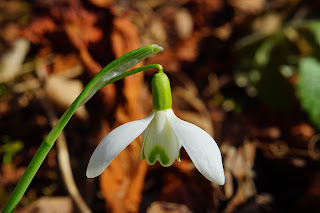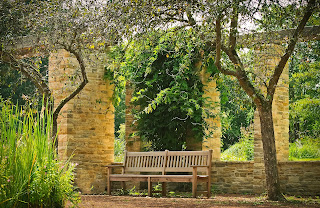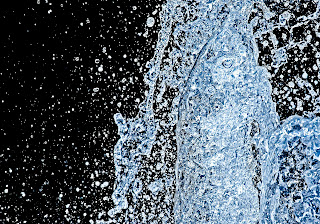 |
| Finding Plants That Bloom In Every Season Is Key |
Year round color is the goal of many gardeners, and while it may seem
like no small feat, it is really rather simple to accomplish. There are plants
and bushes that bloom at all different times of the year and it is simply a
matter of keeping up with them in order to keep year round color in your
garden. So once you have the information for what plants have color in what
seasons, you can plan (and plant) ahead.
Even if you have a garden located in an area with four seasons, then
you can still keep color year round, unless there is an awfully lot of snow in
the winter. Otherwise, your local garden center will have plants for every time
of the year that will keep your garden colorful. Perennials are definitely an
important part of having year round color. Perennials bloom in their season and
then revert back to foliage, but the convenient aspect of perennials is that
they only need to be planted one time.
Following are some suggestions about what to plant so that you always
have color in your garden:
Spring Color For Your Garden:
Spring blooming bulbs (like tulips) are wonderful to plant because when
they bloom they signal that winter is coming to a close. Other flowers that
come out in the spring are crocuses, hyacinths, irises, and many other
beautiful flowers. However, since springtime is a real boon for flowers, you
probably won’t have any problems with color in the spring. Again, the key here
is to plant perennials so that you don’t have to replant flowers every year.
Summer Color For Your Garden:
Summer is an easy time to have flowers in the garden as well. Trees in
particular will usually bloom in the summer. So if you would like flowering
trees, then you should look into planting roses, hydrangea, crape myrtles,
yellowwoods, red buckeyes, and summer sweets.
Summertime flowers include asters, carnations, chrysanthemums, and
heather to name a few. The thing to remember about these flowers is that while
they will come back every year, they will need some help in the springtime to
get going again. Talk to your local gardening center to find out how to
winterize these summer flowers and you won’t have to replant every year.
There are also plants that attract butterflies to your garden, which
adds a whole new dimension of color to your landscape. These plants include butterfly bushes, button
bushes, lilacs, azaleas, hollyhocks, snapdragons, and herbs like sage and
oregano.
Fall Color For Your Garden:
There are many plants for the fall that will add color to your garden.
Of course, if you have trees with leaves that turn, fall is the most beautiful
time for trees - as their leaves will turn to all different shades of amber,
yellow and orange. The most common flower for fall is the New York aster, but
mums and varieties of sage are also colorful, and many shrubs turn beautiful
colors as well.
Winter Color For Your Garden:
Winter is the biggest challenge for color, which mainly comes from
evergreen trees and conifers; also there are bushes and trees like dogwoods
that have berries in the wintertime that add color to any garden. Flowers that
can bloom in milder winters are chrysanthemums, violas, pansies, and the
dianthus. These kinds of flowers may be trickier to grow, but once you get the
hang of growing them, you will have color year round in your garden.
See also: WriteYourselfRich.net






